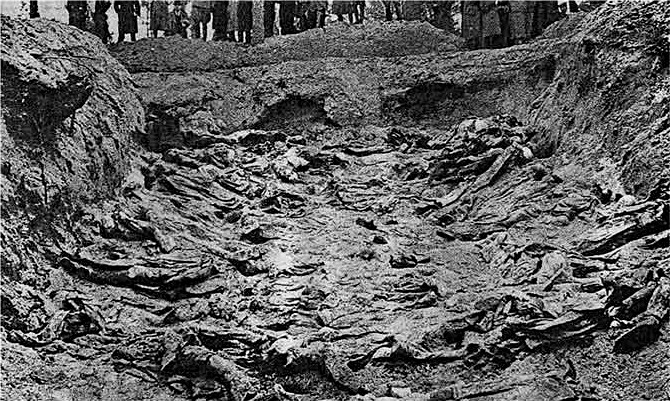Thursday 9 May 1940
 |
| Hitler with Goering at Felsennest. |
The question is who shall replace Chamberlain. Foreign Minister Lord Halifax is a leading candidate, and he would garner a majority of support if put to a vote. As a member of the House of Lords, however, it is seen as poor public relations to elevate him at a time of crisis. Halifax also feels that Churchill would continue to control defense policy anyway, the only thing that really matters in wartime, and thus he would be relegated to a sort of supernumerary status. In the event, Halifax could have accepted the position, but he bows out and helps a meeting of conservative leaders choose Winston Churchill as the new Prime Minister.
Norway: The Germans north of Narvik drive the Norwegian defenders out of Fellingfors. The Germans advance in the direction of Mosjøen, which is 25 miles (40 km) to the north. There are strong British forces at Mosjøen, with other Allied forces at intermediate positions.
British No. 3 Independent Force occupies Bodo.
The Polish Armed Forces in the West (Podhale Brigade) arrive near Narvik, four battalions strong. They assemble five miles to the west of the port, reinforcing the South Wales Borderers. They are supported by 24 guns (French 75's & British 25-pounders) and 10 small French tanks - which is overwhelming firepower against the German regiment holding the town.
The RAF sinks Kriegsmarine minesweeper M-13 at Bergen.
Western Front: No more postponements. The invasion date for Fall Gelb, the invasion of France and the Low Countries, remains 10 May 1940 as the day drifts into night. Hitler departs on his command train Amerika for his forward headquarters at Felsennest (Rock Nest). It is located near the small village of Rodert, 30 km south of Bonn and consists of four bunkers and three barracks. While his presence there is not necessary for the conduct of the war, it symbolically places Hitler at the head of the army during Fall Gelb.
German troops silently move into their jumping-off positions. In the late evening, Wehrmacht troops cross the border into Luxembourg and occupy the country without a shot being fired.
Colonel Oster of the Abwehr once again warns the Dutch military attache of the invasion. The Dutch take this seriously and order the highest alert.
Battle of the Atlantic: U-9 (Oberleutnant zur See Wolfgang Lüth) torpedoes and sinks French submarine FFR Doris (Q 135) in the North Sea at 00:14. All 45 crew on board perish.
The British are sending ships full of troops to Iceland to occupy it.
A Royal Navy task force sorties out to intercept Kriegsmarine troop transports in the Skagerrak. The Kriegsmarine sends 5 Schnellboot (fast boat, or torpedo boats) to greet them. HMS Kelly, commanded by Lord Mountbatten, is torpedoed by Kriegsmarine S-boat S-31. There are 27 deaths. It is towed back to England badly damaged, enduring additional attacks along the way.
Convoy SL 31 departs from Freetown, Convoy OG 29F forms at Gibraltar.
European Air Operations: The Luftwaffe conducts minelaying operations off the Dutch coast. The RAF sends fighters up to meet them.
The RAF sends 31 aircraft on minelaying operations.
French Government: Prime Minister Paul Reynaud is having difficulty due to former Prime Minister Daladier, the War Minister. He also finds the leadership of General Gamelin to be lacking. He threatens to resign. However, there remains no sense of urgency about the frontier.
British Military: The government raises the top age of conscription to 36.
Belgium: The government declares a state of emergency and places its military on alert.
Luxembourg: The Royal Family hears of the massing of German troops at the border and flees, along with four of the Grand Duchy's five cabinet ministers. They go to Paris.
Future History: James L. Brooks is born in Brooklyn, New York. He becomes famous in the 1970s for helping to create such television sitcoms as The Mary Tyler Moore Show, Rhoda, and Taxi.
 |
| A British staff officer with the BEF in France, standing aside his Ford V-8 car on 9 May 1940. |
May 1940
May 1, 1940: British Leave ÅndalsnesMay 2, 1940: British Depart Namsos
May 3, 1940: Many Norwegians Surrendering
May 4, 1940: Bader Returns
May 5, 1940: HMS Seal Survives
May 6, 1940: Allies Focus on Narvik
May 7, 1940: In The Name of God, Go!
May 8, 1940: Exit Chamberlain
May 9, 1940: Enter Churchill
May 10, 1940: Fall Gelb
May 11, 1940: Eben Emael Surrenders
May 12, 1940: Germans at Sedan
May 13, 1940: Rommel at Work
May 14, 1940: German Breakout in France
May 15, 1940: Holland Surrenders
May 16, 1940: Dash to the Channel
May 17, 1940: Germans Take Brussels
May 18, 1940: Germans Take Antwerp
May 19, 1940: Failed French Counterattack
May 20, 1940: Panzers on the Coast
May 21, 1940: Battle of Arras
May 22, 1940: Attacking Channel Ports
May 23, 1940: British Evacuate Boulogne
May 24, 1940: Hitler's Stop Order
May 25, 1940: Belgian Defenses Creaking
May 26, 1940: Operation Dynamo
May 27, 1940: King Leopold Surrenders
May 28, 1940: The Allies Take Narvik
May 29, 1940: Lille Falls
May 30, 1940: Operation Fish
May 31, 1940: Peak Day for Dynamo
2019






